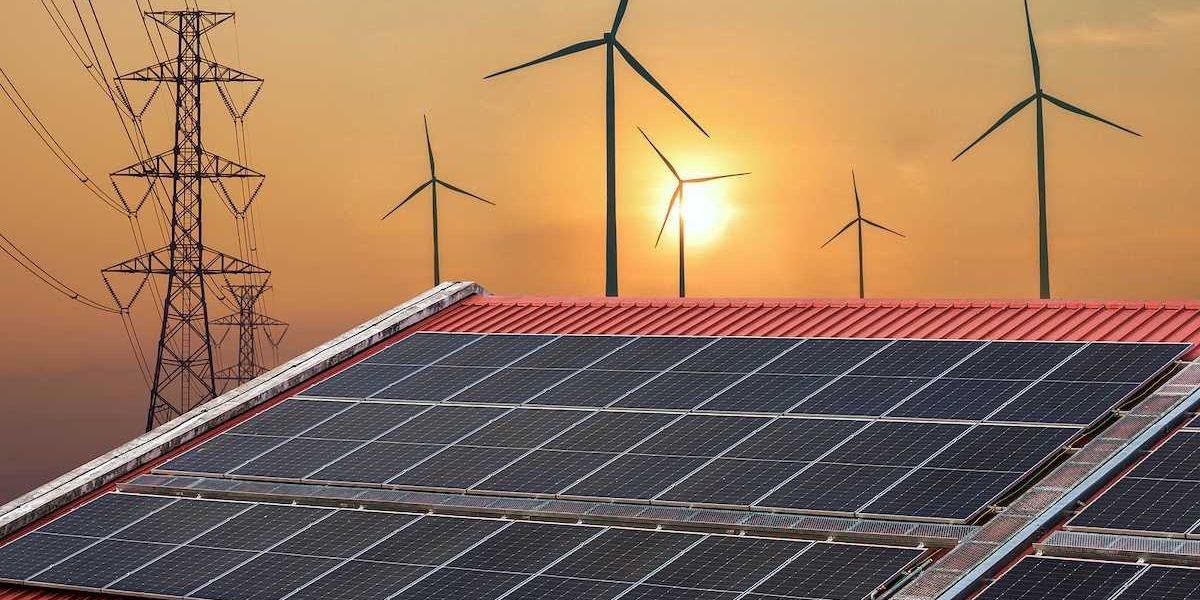Trump administration budget shifts lead to layoffs at key federal renewable energy lab
More than 100 employees at the National Renewable Energy Laboratory were laid off last week following new federal orders and funding changes under the Trump administration.
Rachel Frazin reports for The Hill.
In short:
- The National Renewable Energy Laboratory (NREL) confirmed that 114 employees were involuntarily laid off, including both research and operations staff.
- The lab cited “stop work orders,” “new federal directives,” and “budgetary shifts” from federal agencies as the reasons behind the workforce reductions.
- NREL, which employs nearly 3,700 people across its Colorado, Alaska, and Washington, D.C. campuses, is the Department of Energy’s primary research facility for renewable energy systems.
Key quote:
“ ... NREL has experienced workforce impacts affecting 114 employees across the laboratory, including staff from both research and operations, who were involuntarily separated today.”
— NREL spokesperson
Why this matters:
As the Department of Energy’s primary lab for researching wind, solar, and other renewable power sources, NREL supports technology that helps reduce air pollution, lower greenhouse gas emissions, and limit reliance on fossil fuels. The Trump administration’s renewed opposition to renewable energy come amid rising global demand for decarbonization and growing evidence of climate-related harm to human health and ecosystems. Cutting research jobs at a time when extreme weather, wildfire smoke, and grid instability are worsening could slow efforts to modernize the electric grid and reduce the health impacts tied to fossil fuel use. The lab’s downsizing also suggests a broader retreat from science-based energy policy, potentially disrupting ongoing research partnerships and long-term innovation.
Read more: Political shifts stall $8 billion in clean energy projects as U.S. renewables boom













